You have decided on the breed, made an appointment with the breeder, and finally taken your beloved pet home. Perhaps your four-legged friend accidentally met you on the street on your way home.
It doesn’t matter what happened “before”—now the main task is to organize your corner for the newly made family member and learn the rules of behavior in your home.
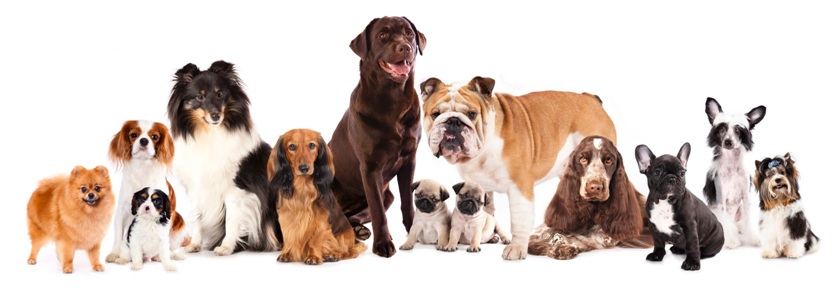
The tips in the article certainly apply to all dogs, but please remember to be familiar with the behavior and maintenance of a particular breed. We will present you with the basics of keeping dog at home.
Keeping dog at home: Personal space
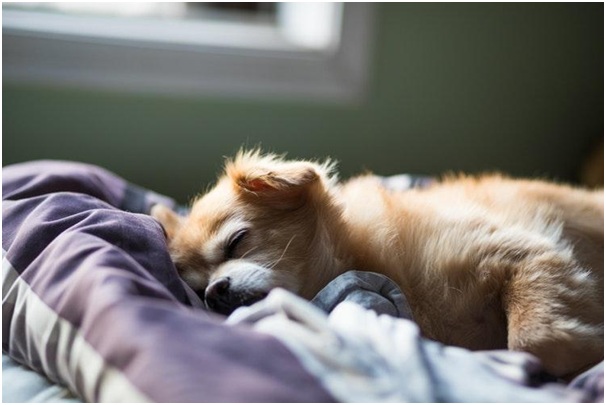
Like any family member, a dog should have a corner to rest and sleep. It should be marked with soft bedding, a small mattress, a basket with a thin pillow, or a comfortable rug; it is recommended that the dog’s favorite toys be placed nearby.
To avoid overheating and drafts, choosing a place away from heating appliances and doors would be best. If it is a mattress or a multi-layer blanket, then building a cover for it is advisable.
The bedding or cover should be washed every 2-3 weeks to prevent the accumulation of bacteria. Keep your pet’s area dry and clean at all times.
Home toilet
Walking dogs simultaneously is recommended to become accustomed to the toilet and eating quickly. To organize a litter box at home, explore various devices, taking into account the size and needs of your pet.
The most popular are:
- box toilets;
- trays with diapers, lawn grass;
- Pillar toilets.
A home toilet will solve problems when there is no time to walk with your pet, the dog is on sick leave, a routine vaccination has been carried out, and going outside is impossible.

To train your dog to a particular place:
- place a cloth with your pet’s urine in the tray;
- if you catch a dog defecating in the wrong place, take it to the tray (the place itself must be treated with a special “repellent” agent);
- do not forget to praise and scold your pet using the appropriate intonation.
Nutrition
Whether you feed your dog traditionally or with ready-made food, you must equip a separate place. Usually, two bowls are purchased: one for water and one for the leading food. They should be placed in a place that is easy to clean after feeding.
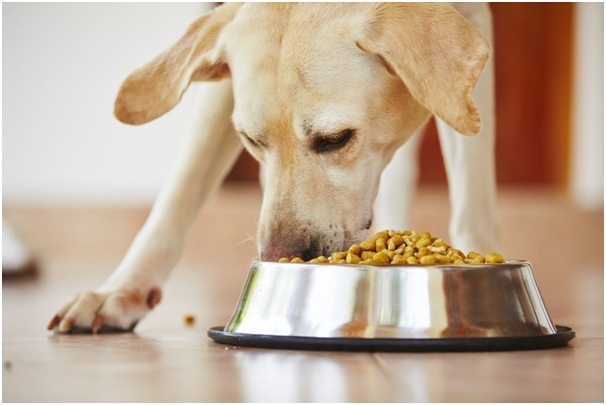
It should not be located near outer clothing, where dust and dirt can get into the feed, or on a fleecy surface that is challenging to clean. You can place a rubber mat or oilcloth under the bowls. The most logical place to organize a feeding place is in the kitchen.
The container must have the following volume:
- for puppies and small breed dogs – up to 400 ml;
- for older puppies and medium-sized dogs – from 700 ml to 2 l;
- for large dogs, do not exceed 2-2.5 liters.
Bowls can be made of plastic, ceramic, or metal. The first option is playful, so the dog can quickly turn it over, and the eating area will always be in disarray. A ceramic bowl breaks easily if placed on a stand, but a metal bowl is a universal option since it is stable and easy to use.
Washing bowls with laundry soap is necessary, as any remaining dishwashing detergent can cause an allergic reaction in the dog.
You should set aside a specific time for feeding your pet, after which the dishes and food are removed. This way, you can determine the required amount of food to satiate your pet, avoid overeating and obesity, and play with the food remaining in the bowl.
Video: Check yourself to see if you are feeding your dog correctly—myths about dog food.
Home first aid kit
Every day, inspect the folds on the dog’s body, check the paws, fur, eyes, ears and nose for any abnormalities. These simple procedures will help you notice the first signs of certain diseases in time.
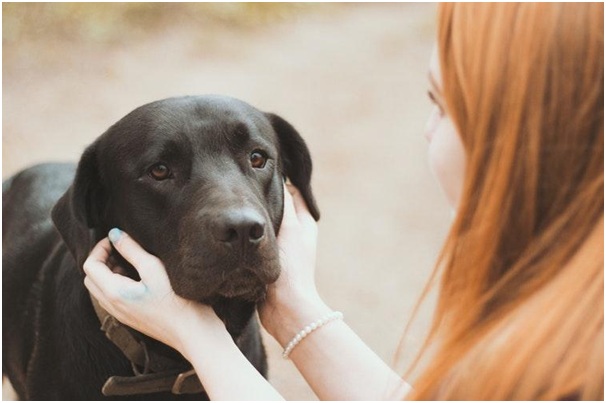
Your pet’s first aid kit must include:
- wound healing drugs (for example, ebermin, bepanten-plus, D-panthenol)
- antiseptic (sodium chloride 0.9%, miramistin 0.01% or chlorhexidine 0.05%)
- sorbent in case of dog poisoning (for example, activated carbon, enterosgel, polysorb)
- laxatives such as Duphalac or flaxseed oil
- antibiotic eye drops (tsiprolet/tsipromed), tobrex)
- lotions for treating eyes, ears and toothpaste (can be found in specialized veterinary pharmacies).
The materials must include:
- bandages;
- cotton pads;
- antibacterial wipes;
- tweezers;
- tourniquets;
- scissors.
From the first day a dog arrives in your home, be sure to consult with a veterinarian regarding the use of certain medications, since your pet may have an individual intolerance or an allergic reaction to some of them.
Afterwards, do not forget to regularly conduct a comprehensive examination. If necessary, the doctor will prescribe medications or select appropriate care taking into account the pet’s health, age, size and characteristics.
If you plan to travel with a dog, take care of a travel veterinary first aid kit, which will also contain all the necessary first aid supplies and write down the contacts of veterinary clinics near your place of stay.
Dog walking
When going for a walk, make sure you have a collar, leash, muzzle, favorite toy, treats, dustpan and bag for cleaning up after your dog. If your pet is on the street for the first time or you are walking in a new place for him, then hold the dog in your arms.
Walk around the area for a few minutes and gently, without letting go of the leash, lower it to the ground.
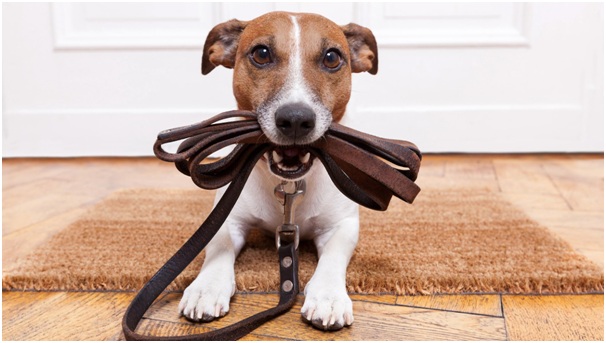
At first, in order to teach your dog to go to the toilet outside, you will have to walk very often. Later, you can set a specific time at which your pet needs to relieve itself. Make sure your dog doesn’t try to eat anything or drink from a dirty puddle.
During your walk, spend most of your time doing the following activities:
- play with the animal or train it
- let them play with other dogs that have an owner nearby.
Find a designated dog walking area where you can remove the muzzle and unfasten the leash so your dog can run around to his heart’s content. These places do not include city parks, playgrounds, school stadiums and regular sidewalks.
On the back of the collar you need to sign with the dog’s name and your contact phone number. This information can also be engraved on a tag and attached to the collar.

Such measures will help you quickly find your dog if it suddenly gets off the leash, runs away and gets lost. For the same reason, the collar can only be removed at home.




